Fire lookout towers once dotted American forests like mechanical sentinels, their watchful observers scanning endless miles of wilderness for the first wisp of smoke. These towering structures represented the front line of forest fire prevention, manned by dedicated souls who spent months alone in small cabins suspended high above the treetops. While modern aircraft and satellite technology have replaced most human fire spotters, many of these remarkable towers remain accessible to adventurous visitors willing to climb their steep stairs.
Each tower offers a unique window into both forest management history and spectacular wilderness views that few people ever experience. Here is a list of 19 U.S. forest lookout towers that welcome climbers seeking unforgettable perspectives on America’s wildlands.
Heublein Tower, Connecticut
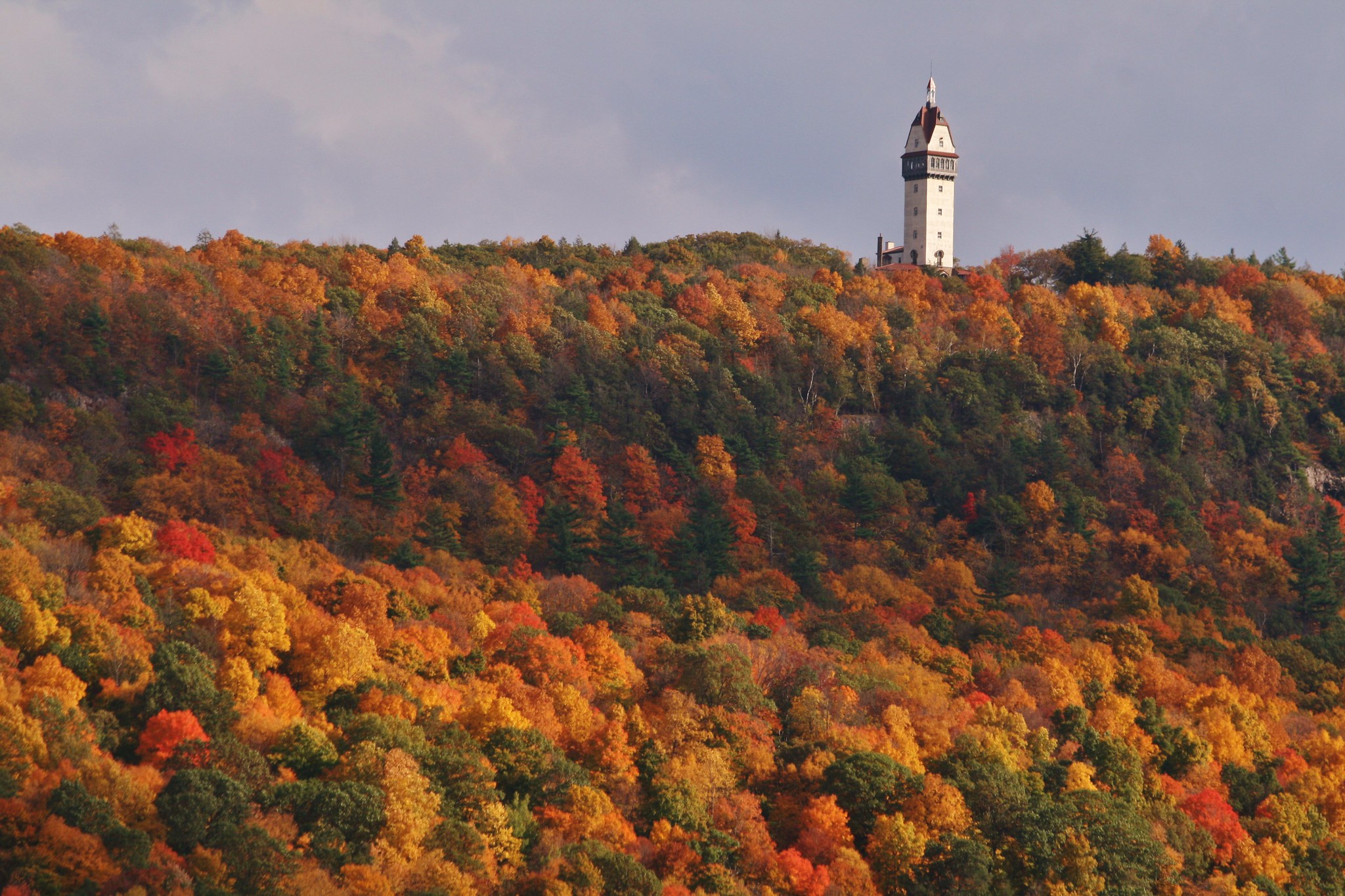
Perched atop Talcott Mountain in Simsbury, this distinctive stone tower rises 165 feet above sea level and offers panoramic views across the Connecticut River valley. Built in 1914 as a summer retreat rather than a fire lookout, the tower now serves as a popular hiking destination with stunning autumn foliage displays.
The structure’s unique architecture and historical significance make it one of New England’s most photographed landmarks.
Mount Washington Fire Tower, New Hampshire

Standing atop the Northeast’s highest peak at 6,288 feet, this steel tower provides unmatched views across three states on clear days. The climb to reach the tower base involves challenging mountain hiking, but the additional tower ascent rewards visitors with perspectives that stretch from the Atlantic Ocean to the Adirondacks.
Weather conditions change rapidly at this elevation, making proper preparation essential for any climbing attempt.
Like Travel Pug’s content? Follow us on MSN.
Alander Mountain Tower, Massachusetts
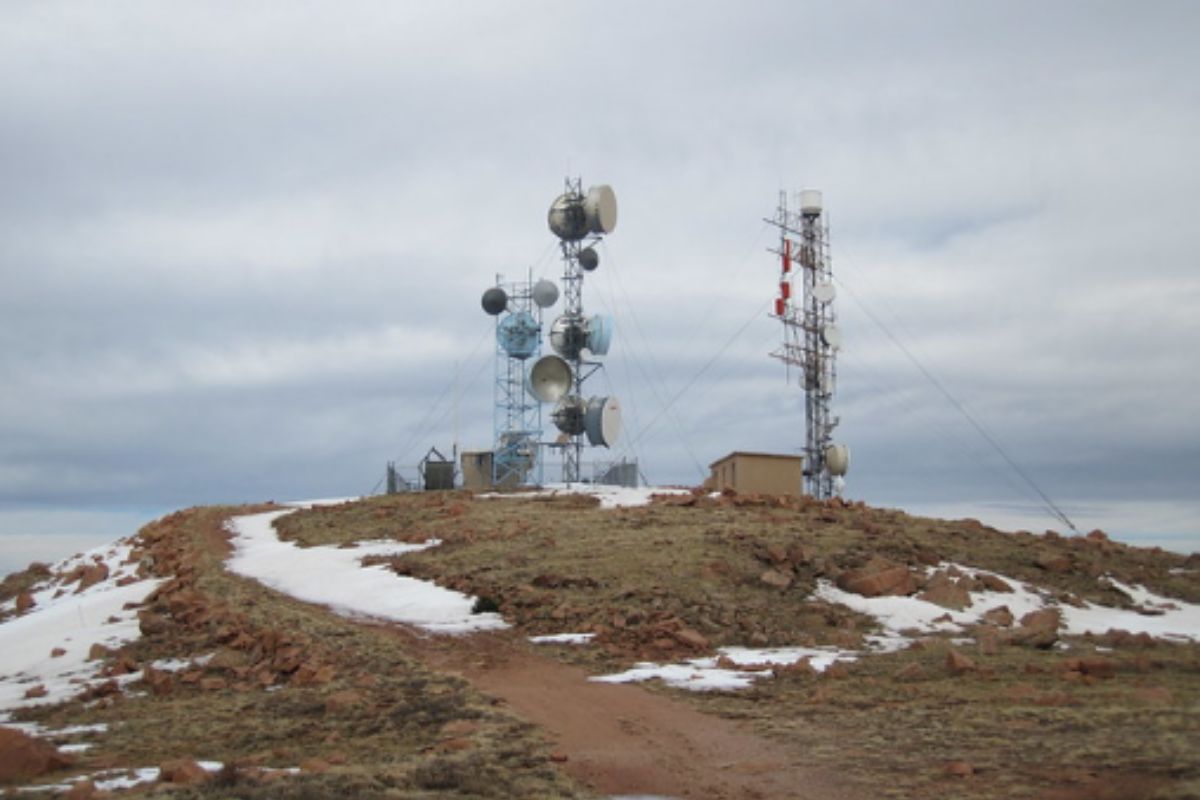
Located along the Massachusetts-New York border in Mount Washington State Forest, this 60-foot steel tower offers spectacular views of the Taconic Range and Berkshire Hills. The moderate hike to reach the tower passes through diverse forest ecosystems before emerging onto the exposed summit.
Climbers enjoy views extending into four states while learning about the tower’s role in protecting the region’s forests during the fire-prone years of the early 20th century, when lookout towers were essential tools in forest management.
Hunter Mountain Tower, New York
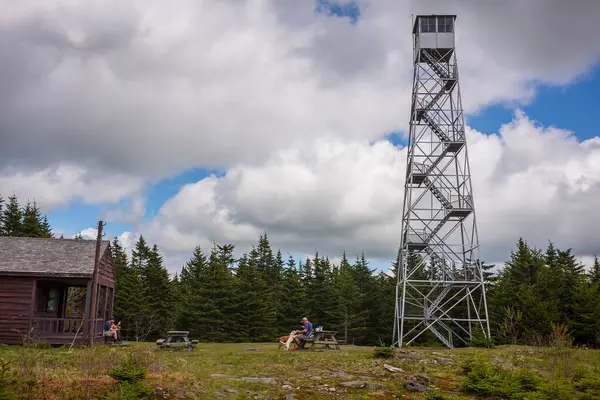
Rising from the Catskill Mountains’ second-highest peak, this 60-foot steel tower provides 360-degree views across the Hudson Valley and surrounding mountain ranges. The tower remains in active use during high fire danger periods, though visitors can climb when fire observers aren’t present.
The surrounding wilderness area offers excellent hiking opportunities that complement the tower climbing experience.
High Point Monument, New Jersey
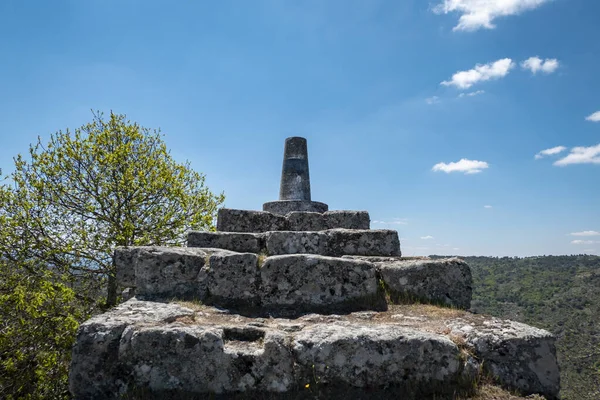
Though technically a monument rather than a fire tower, this 220-foot stone obelisk offers the highest publicly accessible viewpoint in New Jersey at 1,803 feet above sea level. Visitors can climb an internal staircase to an observation deck that provides views across three states on clear days.
The surrounding High Point State Park features additional hiking trails and historical sites that enhance the overall experience.
Like Travel Pug’s content? Follow us on MSN.
Spruce Knob Tower, West Virginia
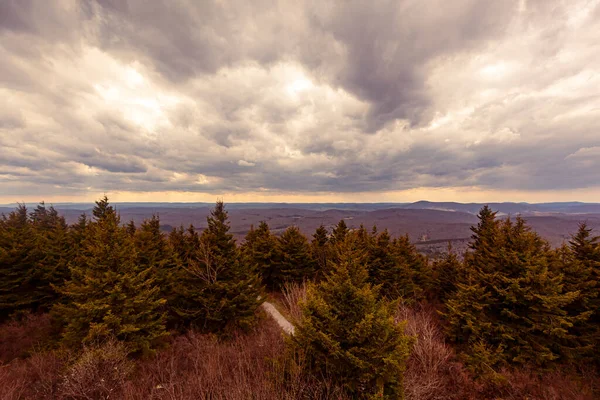
Located atop West Virginia’s highest peak at 4,863 feet, this modern observation tower replaces an earlier fire lookout while maintaining spectacular views across the Monongahela National Forest. The tower features an accessible design that accommodates visitors with mobility challenges while still providing the elevated perspective that makes lookout towers special.
The surrounding spruce forest creates an almost Canadian atmosphere at this unexpected elevation in the mid-Atlantic region.
Brasstown Bald Tower, Georgia

Standing atop Georgia’s highest peak at 4,784 feet, this modern visitor center and observation tower offers panoramic views across four states. The facility combines fire detection capabilities with educational programs that teach visitors about forest management and natural history.
An accessible trail connects the parking area to the tower base, making this one of the most visitor-friendly lookout experiences in the Southeast.
Clingmans Dome Tower, Tennessee

Rising from the highest point in the Great Smoky Mountains National Park at 6,643 feet, this unique concrete tower provides unobstructed views above the forest canopy. The spiral ramp design allows visitors to gradually ascend while enjoying changing perspectives on the surrounding wilderness.
Visibility is highly dependent on air quality from this elevation, with clear days offering views extending over 100 miles in all directions.
Like Travel Pug’s content? Follow us on MSN.
Cheaha Mountain Tower, Alabama
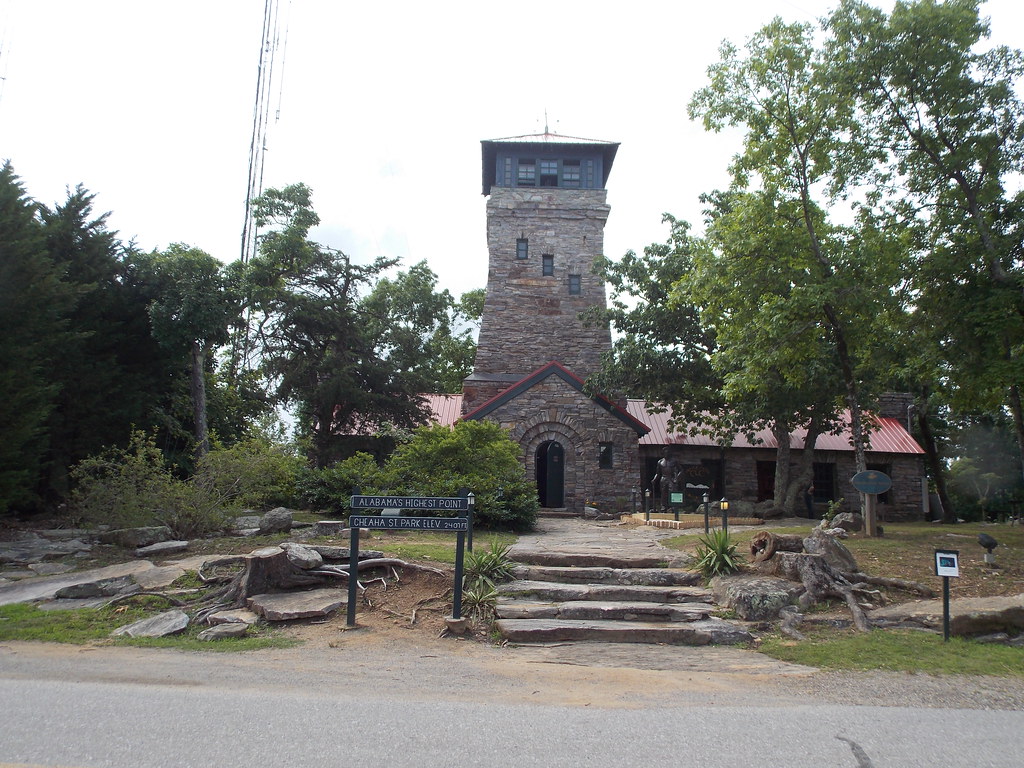
Perched atop Alabama’s highest point at 2,413 feet, this steel fire tower offers commanding views across the Talladega National Forest. The tower remains in occasional use for fire detection while welcoming visitors during safe climbing conditions.
The surrounding Cheaha State Park provides camping and lodging options that allow extended exploration of the region’s unique mountain ecosystems.
Petit Jean Mountain Tower, Arkansas
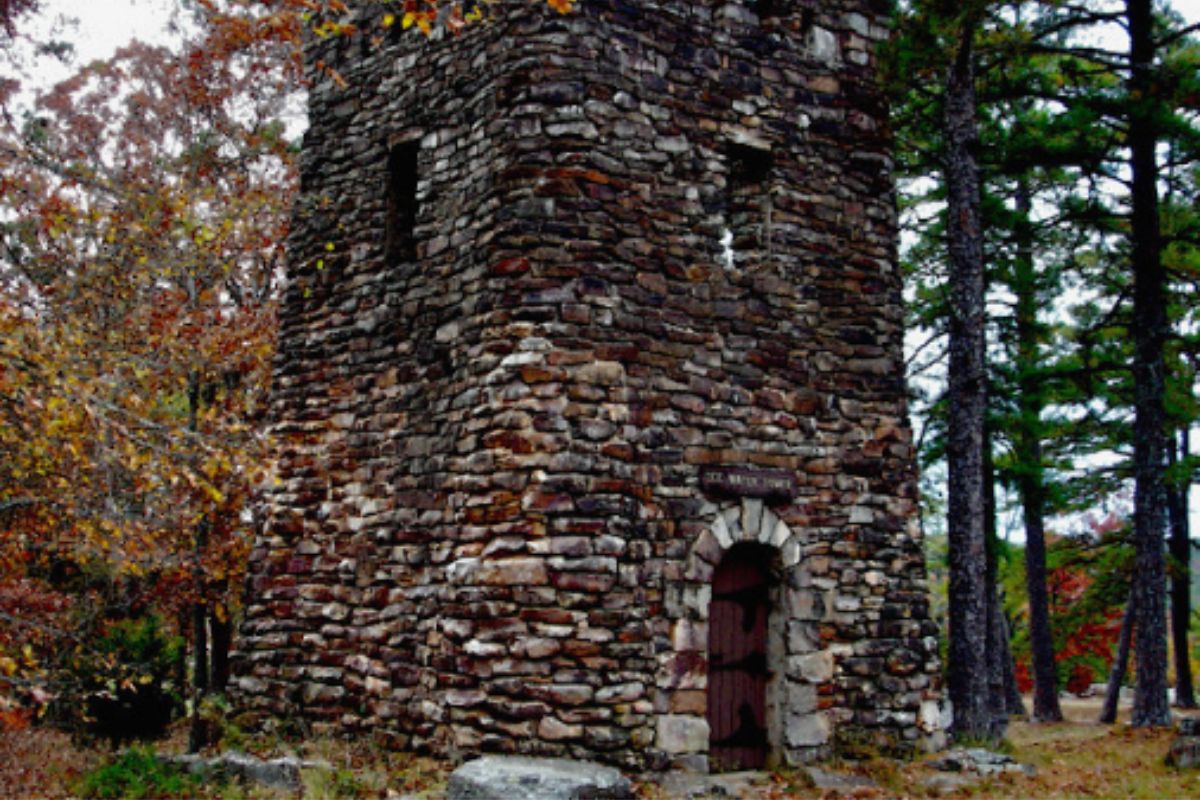
Located in Arkansas’s first state park, this historic stone tower rises from a 1,100-foot bluff overlooking the Arkansas River valley. The tower’s rustic construction reflects Works Progress Administration-era craftsmanship of the 1930s, while providing modern safety features for contemporary visitors.
The park’s extensive trail system includes several routes that offer different approaches to the tower and surrounding scenic overlooks.
Black Elk Peak Tower, South Dakota
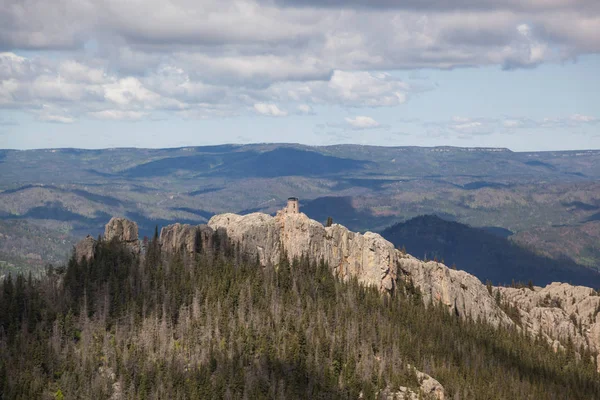
Standing atop the highest point in South Dakota at 7,244 feet, this stone tower provides spectacular views across the Black Hills and the surrounding Great Plains. The tower’s construction from local granite creates a structure that seems to grow naturally from the mountain summit.
The challenging hike to reach the tower passes through diverse forest zones before emerging onto the exposed granite peak.
Like Travel Pug’s content? Follow us on MSN.
Grand Mesa Tower, Colorado

Rising from Colorado’s largest flat-topped mountain, at 11,234 feet, this tower offers views across an alpine lake and aspen grove landscape. The high elevation creates challenging conditions that can include snow and severe weather even during summer months.
The surrounding Grand Mesa National Forest provides numerous recreational opportunities that complement the tower climbing experience.
Sandia Crest Tower, New Mexico
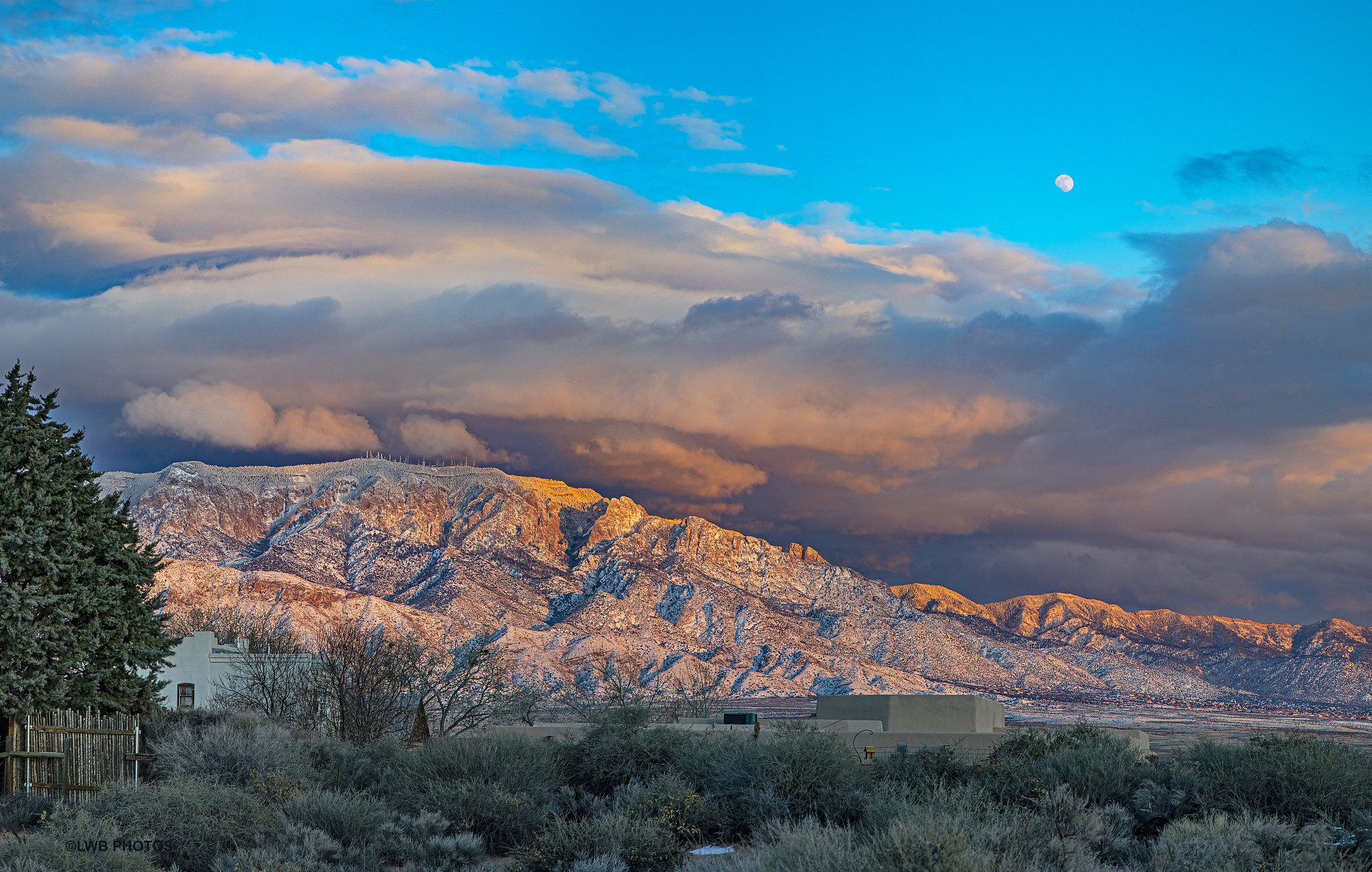
Perched at 10,678 feet atop the Sandia Mountains east of Albuquerque, this tower provides dramatic views across the Rio Grande valley and surrounding desert landscapes. The contrast between high-altitude forest and desert lowlands creates some of the most striking scenery visible from any fire tower. An access road reaches near the summit, making this tower accessible to visitors who prefer driving over extended hiking.
Signal Peak Tower, Arizona
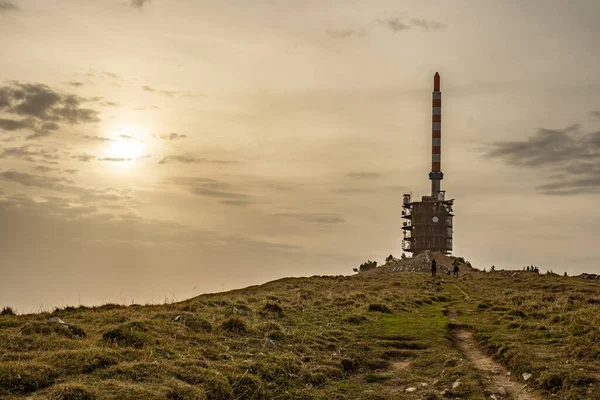
Located at 9,001 feet in the Gila National Forest, this remote tower offers views across some of the Southwest’s most rugged wilderness areas. The challenging access requires serious hiking preparation and navigation skills, but determined visitors are rewarded with solitude and spectacular scenery. The tower’s isolation provides authentic fire lookout experiences similar to those historical observers encountered.
Like Travel Pug’s content? Follow us on MSN.
Lassen Peak Area Towers, California

Several towers in Lassen Volcanic National Park and surrounding forests offer unique perspectives on active volcanic landscapes. These structures provide essential fire detection in an environment where natural and human-caused fires pose significant threats to both wilderness and developed areas.
The volcanic terrain creates dramatic backdrops that make tower climbing particularly memorable.
Mount Scott Tower, Oregon
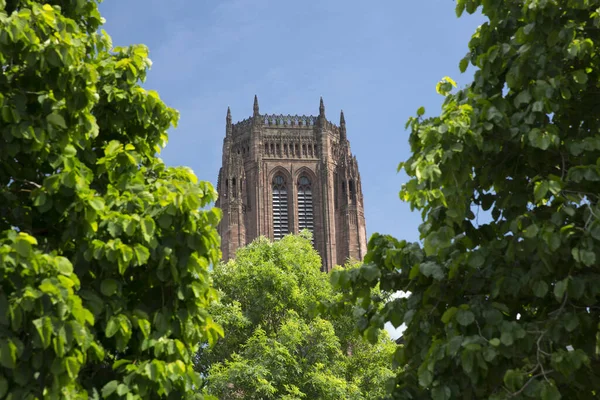
Rising from Crater Lake National Park’s highest accessible peak, 8,929 feet, this tower offers unobstructed views of Crater Lake and the surrounding Cascade Range. Its location provides unique perspectives on one of America’s most spectacular natural landmarks while serving ongoing fire detection needs.
Weather conditions at this elevation can change rapidly, requiring careful planning for any climbing attempt.
Mount Pilchuck Tower, Washington
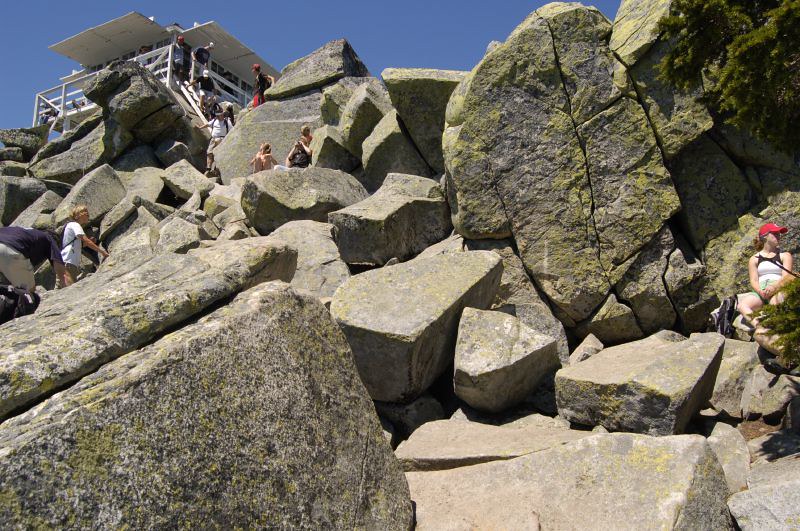
Located north of Seattle at 5,324 feet, this tower offers panoramic views across Puget Sound, the Olympic Mountains, and the Cascade Range. The moderate hike to reach the tower passes through old-growth forest before emerging onto the rocky summit.
The tower’s proximity to major population centers makes it one of the most visited fire lookouts in the Pacific Northwest.
Like Travel Pug’s content? Follow us on MSN.
Hurricane Ridge Lookouts, Washington

Several towers and observation structures in Olympic National Park provide spectacular views across the Olympic Mountains and Strait of Juan de Fuca. These facilities combine fire detection with visitor education programs that explain the unique ecosystems of the Olympic Peninsula.
The dramatic mountain and marine scenery create some of the most photographed tower views in the nation.
Glacier Point Area Towers, California

Multiple lookout structures in and around Yosemite National Park offer commanding views of the Sierra Nevada range and famous granite formations. These towers serve essential fire detection roles in an environment where lightning-caused fires are natural ecosystem components.
The combination of alpine scenery and iconic landmarks makes these among the most spectacular tower climbing experiences available.
Windows to America’s Wild Heritage

These climbing adventures connect modern visitors to a vanishing tradition of human fire detection while providing perspectives that few people ever experience. Each tower represents decades of dedicated service by observers who lived in isolation to protect America’s forests from devastating fires. Today’s climbers inherit not just spectacular views but also appreciation for the commitment required to safeguard our natural heritage.
The physical challenge of climbing these towers pales compared to the emotional reward of standing where solitary guardians once watched over millions of acres of wilderness, and where their vigilance helped preserve the forests we enjoy today.
Like Travel Pug’s content? Follow us on MSN.
More from Travel Pug

- 20 Best Beach Towns in the Carolinas
- 13 Destinations Where Tourists Regularly Regret Their Trip
- 20 Destinations That Are More Magical Without an Itinerary
- 20 Underrated Adventures That Belong on Your Travel List
- 20 Cities Where You Should Just Wing It, No Planning Required
Like Travel Pug’s content? Follow us on MSN.
